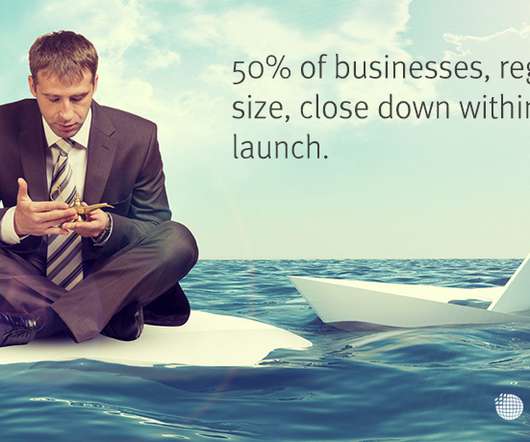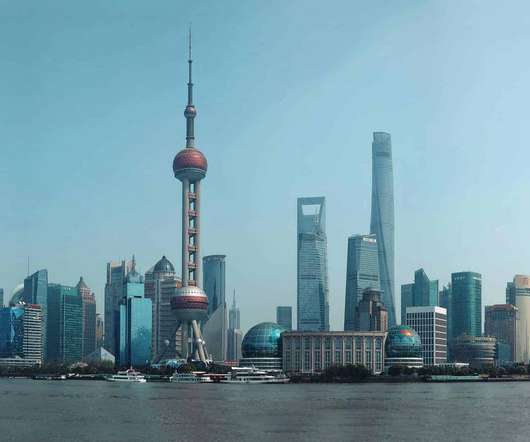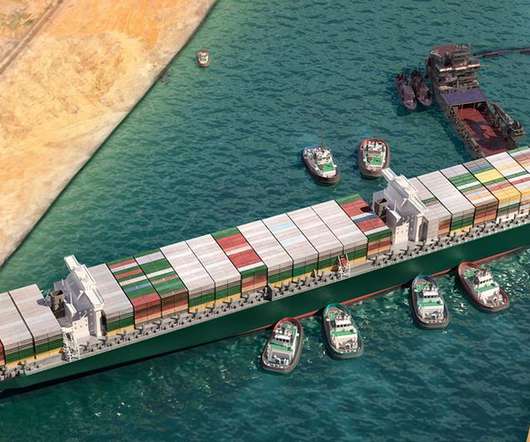Forced Labor in Seafood Supply Chains
EcoVadis
JUNE 16, 2016
Numerous 2015 media reports exposed slave conditions in the Thai fishing sector. Western multinationals linked to these practices through their supply chains into damage control and Western governments responded by imposing trade sanctions on Thailand. Background. In 2012- 50% of exports came from developing countries.
















Let's personalize your content